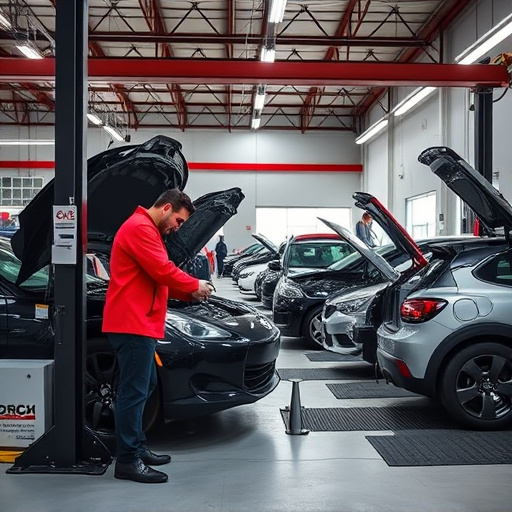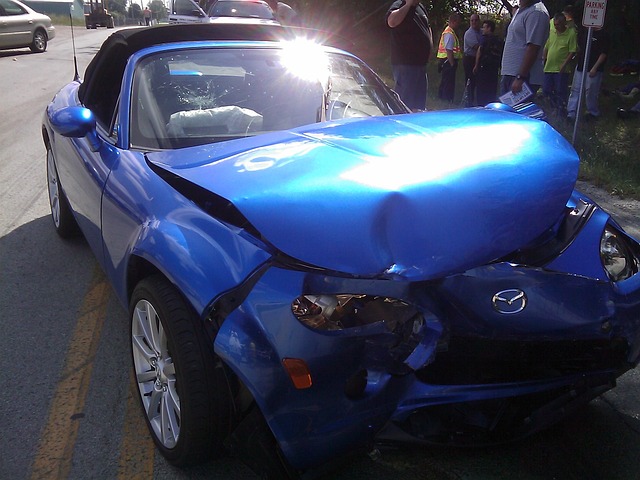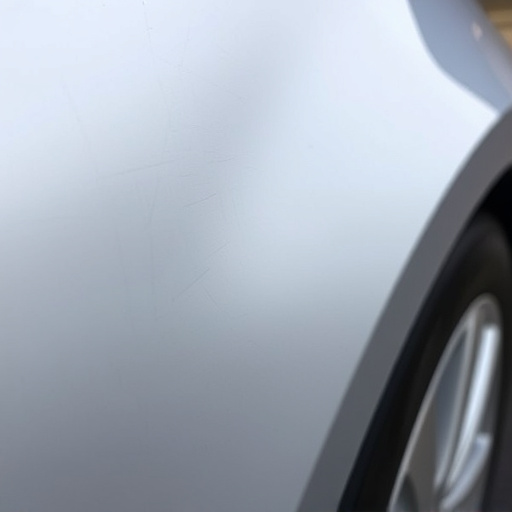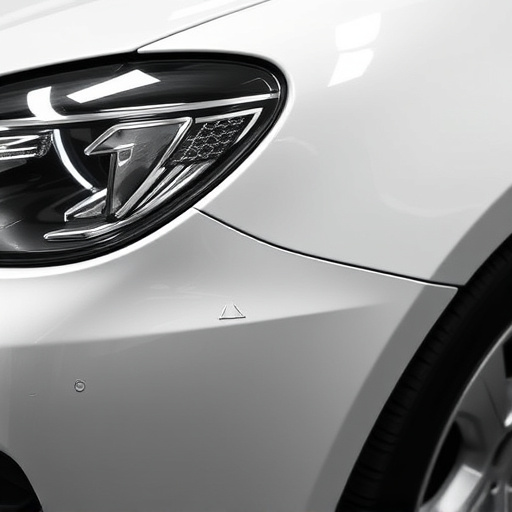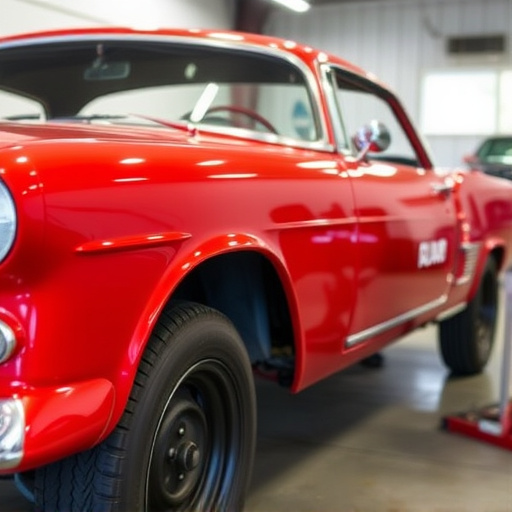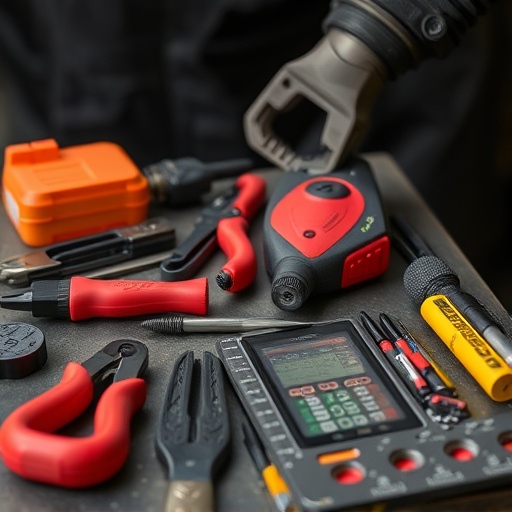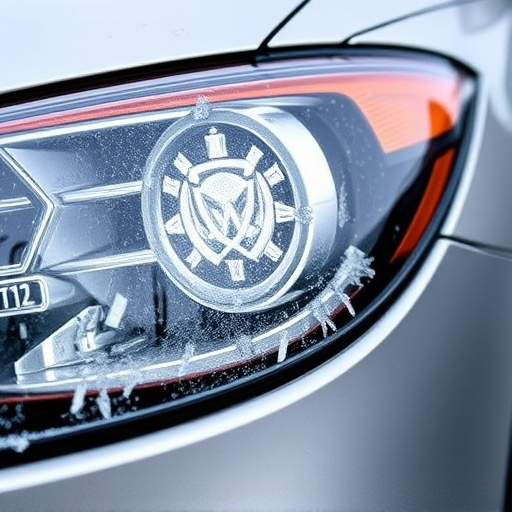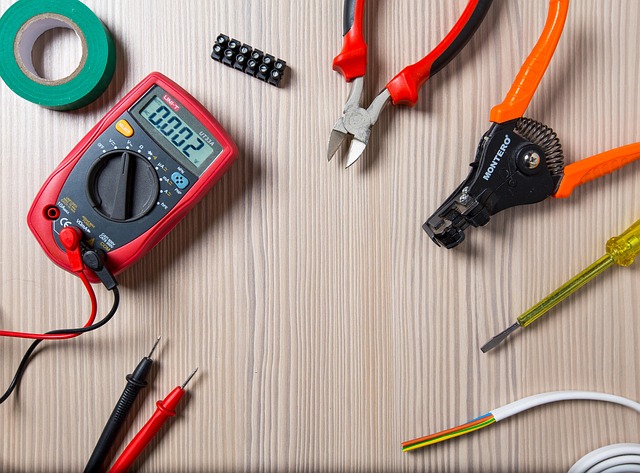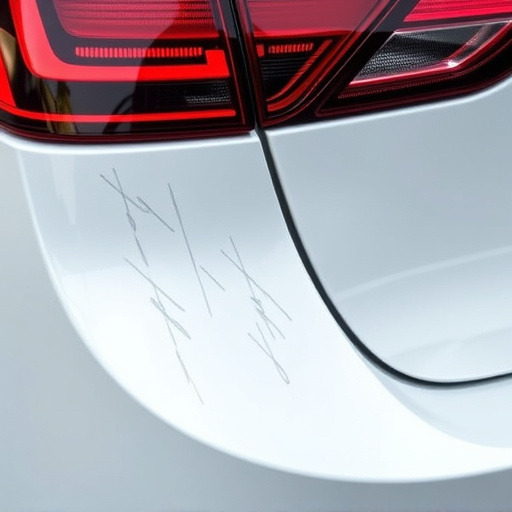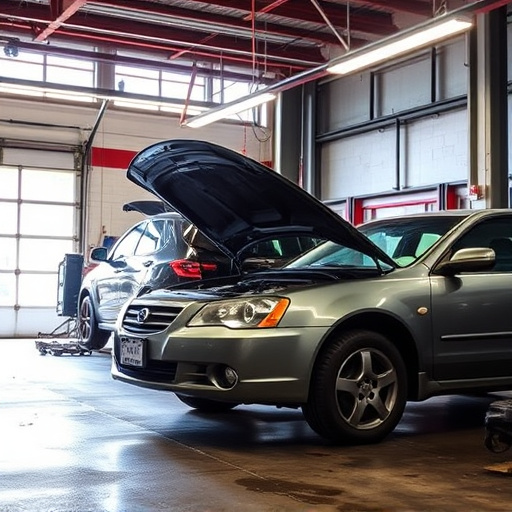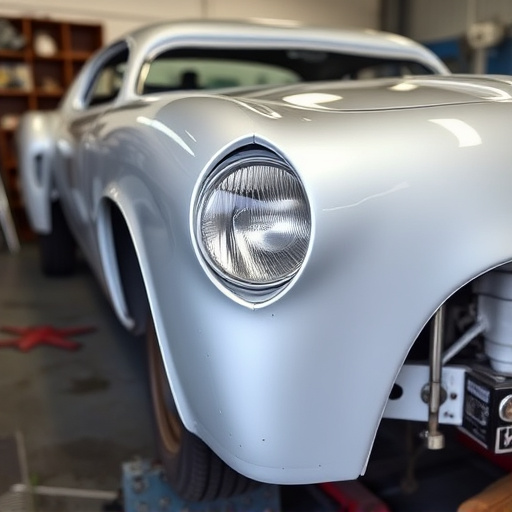Before embarking on an auto body restoration project, thoroughly prepare by gathering the right tools, cleaning the surface, priming, masking non-work areas, and consulting experts. Skipping these steps can lead to blistering, uneven finishes, and long-term issues. Proper preparation ensures a durable, professional outcome in vehicle collision repair and auto body restoration.
“Uncovering the path to flawless auto body restoration: Common pitfalls and how to avoid them. From initial preparation to final inspection, every step demands precision. We expose the top three mistakes that restorers often make, including improper surface cleaning, skipping crucial application techniques, and neglecting quality control. Learn these lessons to ensure your restoration projects achieve a showroom finish, highlighting meticulous attention to detail and the use of superior materials.”
- Lack of Proper Preparation
- – Inadequate surface cleaning and priming
- – Failure to mask off non-work areas
Lack of Proper Preparation

Before diving into any auto body restoration project, thorough preparation is key. Many enthusiasts make the mistake of assuming that the process is as simple as applying paint and calling it a day. However, successful restoration demands a systematic approach, from gathering the right tools and materials to ensuring a clean, well-prepared surface. Failing to properly prepare the vehicle’s body can lead to subpar results, with paint not adhering correctly or hidden damage remaining undetected.
A hasty approach may also result in costly mistakes later on. For instance, skipping essential priming steps before painting can cause blistering and peeling. Similarly, neglecting to seal and fill minor dents and scratches could leave your vehicle with an uneven finish. Taking the time to research and understand each stage of the restoration process, or consulting with a reputable collision repair shop offering auto body repair services, will ensure a more satisfying and durable outcome for your auto body restoration project.
– Inadequate surface cleaning and priming
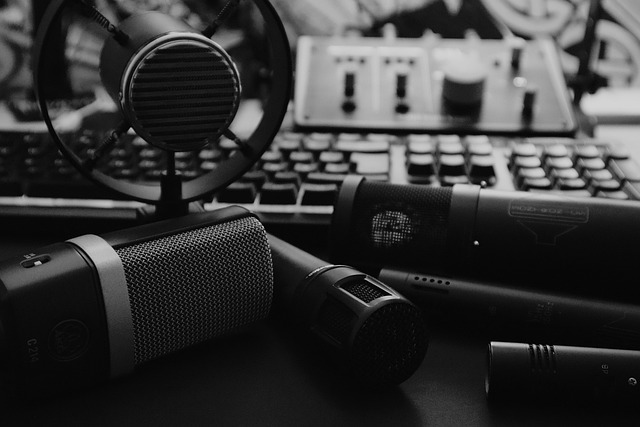
Inadequate surface preparation is a common pitfall in auto body restoration that can lead to subpar results and long-term issues. Before beginning any repair or painting, it’s crucial to thoroughly clean and prime the car’s surface. Failing to remove dirt, grease, and old paint properly can result in poor adhesion of new coatings, affecting the final finish and durability. This is especially true when dealing with damaged areas that may have been exposed to elements like rain or road grime. Skipping this step often means that imperfections will be more visible after the auto body repair and car paint services are completed.
Proper surface cleaning involves using suitable solvents and abrasive materials to remove contaminants, ensuring the metal is free from any residue. Priming is equally important as it creates a bond between the car’s panel and the subsequent coats of paint or filler. Using the right primers for auto body repair guarantees that the new finish will adhere strongly, providing a smooth base for further work, including intricate auto dent repair. Taking the time to do this correctly will save effort in the long run and ensure your restoration project has a professional, polished outcome.
– Failure to mask off non-work areas

When embarking on an auto body restoration project, one of the most common mistakes to avoid is failing to properly mask off non-work areas. This includes surfaces that are not part of the repair or paint job, such as interior panels, wheels, and other uninvolved components. Without adequate masking, these areas can be damaged by paint overspray, leading to additional work and expense.
In the world of auto body restoration, meticulous planning is key. Before beginning any repair or painting process, take the time to cover and protect all non-target zones with suitable masking materials. This will ensure a cleaner, more professional finish and save you from having to rectify any accidental damage later on. Remember, in vehicle collision repair or auto body restoration, proper preparation prevents poor results.
Auto body restoration is an art that requires precision and attention to detail. By avoiding common mistakes such as inadequate surface preparation, including proper cleaning, priming, and masking, you lay the groundwork for a successful repair. Remember, taking the time to do it right ensures long-lasting results and maintains the integrity of the vehicle’s original design, making it a crucial step in any auto body restoration project.
